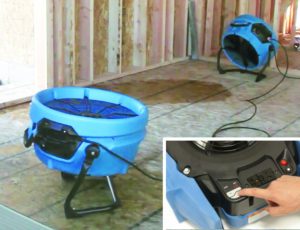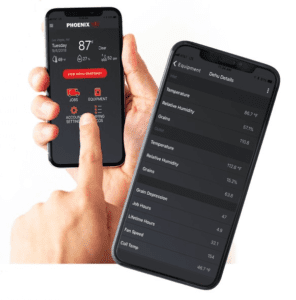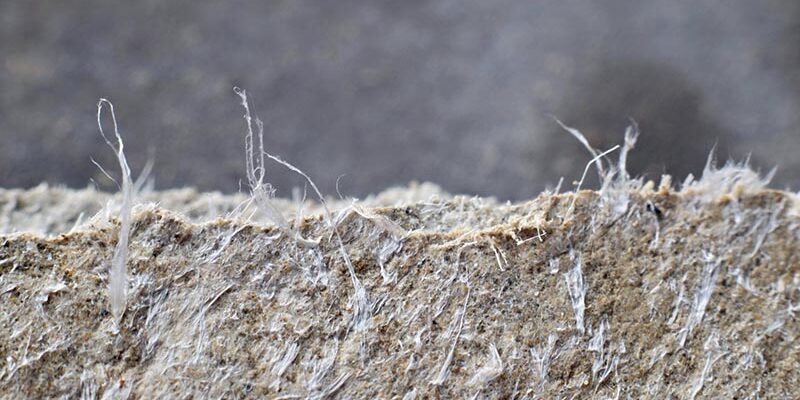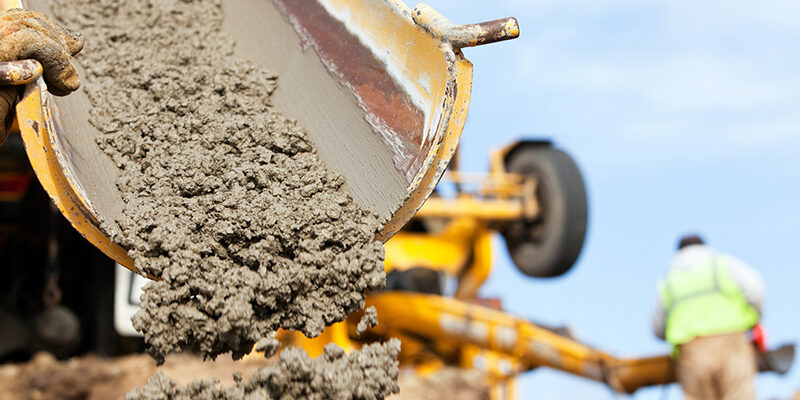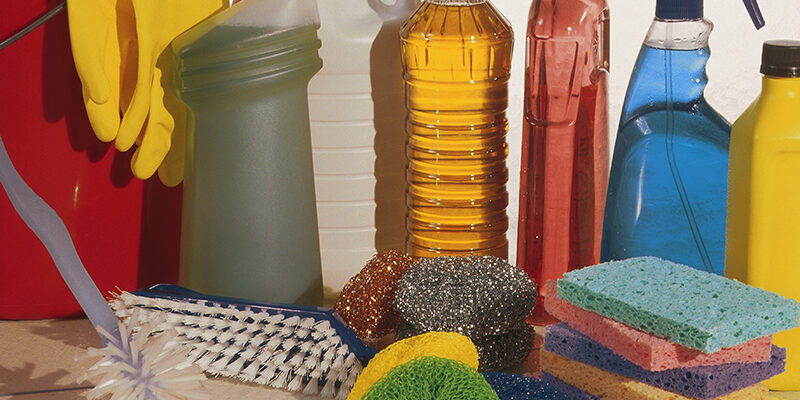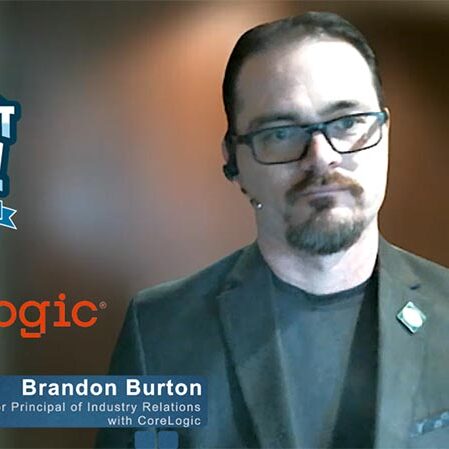Technology Spotlight: Restoration Equipment
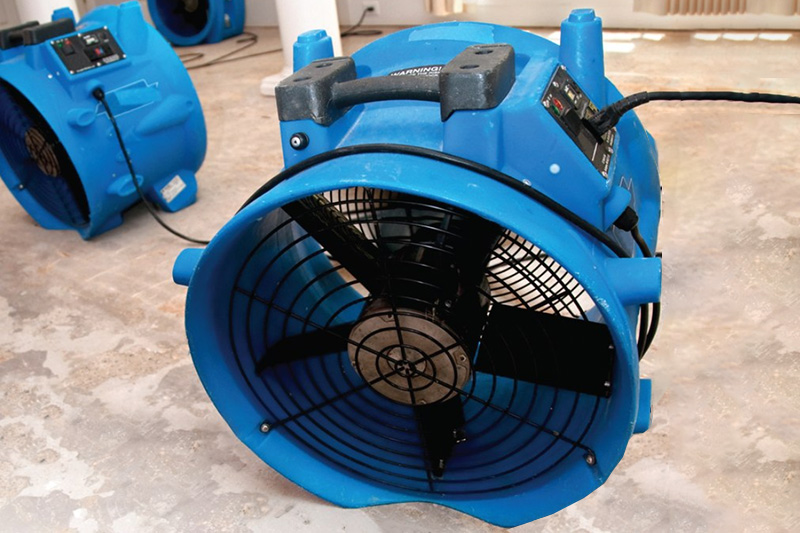
By Jeff Cross, Editorial Director
Getting into any business, in any industry, means investigating what you need to get the job done right. This is especially true in a tech-heavy industry such as disaster restoration work. The years have brought many advancements in restoration equipment and adjustments in both understanding and applying better, more efficient drying processes.
Training, application, and an understanding of drying is vital; having the equipment and tools to apply it completes the circle.
Whether you are just getting started, are jumping from cleaning into restoration, or are already a successful disaster restoration firm looking to make improvements, the following tips on airmovers, dehumidifiers, and direct heat drying will help you in your equipment and tool decision-making process.
Airmover technology
With airmovers, the trend in technology has been a move into smaller, lighter units. Larry Carlson, the sales manager with Phoenix Restoration Equipment, cautions restoration contractors to consider all aspects of this trend.
“In many cases,” he says, “it seems that performance is easily sacrificed for quieter operation or lower amps. Some contractors will double the number of small airmovers and then run them on low speed. This actually ends up providing less cubic feet per minute and amperage of power and less total CFM per room — and will increase drying times.”
Power usage is often an issue, especially in older homes. That’s why, according to Dennis Bruders, the vice president of marketing with Legend Brands, his company has focused on better control of amperage draw, in addition to reducing sound levels and improving transportation and storage abilities.
“Both dehumidifiers and airmovers can place excessive demands on power, especially in older homes where the number of circuits is limited,” Bruders says. “Restorers can maximize airflow in these situations by fine-tuning the Dri-Eaz Velo Pro airmover’s speed and amp draw in one-tenth amp increments, using the blower’s unique digital controls. Reducing the power draw down to 1.2 amps means technicians can use up to 10 airmovers on a single 15-amp circuit and distribute them around the room for better airflow distribution.
“While CFM is a good starting point for comparing airmover performance, Dri-Eaz controlled testing has shown that air velocity and air distribution are actually more important for drying,” Bruders claims.
And sound management, while not a technical aspect of your work, does impact drying. Why? Where there’s noise, there are occupants who want to put an end to it. So, they shut off your equipment.
“Homeowners often slow drying progress by turning off airmovers because, as they say, ‘they are too noisy.’ Simply controlling decibels is not enough,” Bruders advises. “A truly ‘quiet’ airmover limits sound frequencies that are especially irritating to people. Our ‘shark tooth’ fan blade design in the Stealth axial fan dramatically reduces noise levels, especially in the most annoying high-frequency range.”
Dehumidification technology
Technology and connectivity is a growing trend, even in restoration equipment. That’s why Phoenix is introducing the DryMAX XL with Bluetooth connectivity and cloud access from your smartphone through a free Phoenix DryLink app.
“Many meters are beginning to offer Bluetooth connectivity devices,” Carlson says. “The day is coming when a tech will immediately receive all of the pertinent data directly to their smartphone or tablet when they enter the job site.”
In addition, Carlson predicts, mobile hotspots will offer 24-hour monitoring. This will reduce monitoring errors and incomplete data collection. The desire for more compact restoration equipment is spurring innovation to maintain performance in a smaller unit.
“Our newest unit, the DryMAX XL, produces 125 pints per day and is less than half the size of other low grain refrigerant (LGR) models,” Carlson says. “And improving performance over a wider range of conditions is also occurring. For American manufacturers, it is essential to improve and innovate to battle low-line imports.”
Another restoration industry veteran has seen much innovation and improvements with dehumidification. Brandon Burton is the vice president of Technical Application at Next Gear Solutions, which provides software and data services to the restoration industry.
“I’ve seen quite a bit of innovation with low grain refrigerant technology,” Burton says. “The term LGR was created nearly 20 years ago. The technology has changed drastically since then, and unfortunately, there’s a massive misconception that all equipment bearing ‘LGR’ is of the same performance and quality, which couldn’t be further from the truth.”
Burton claims that some companies add the term “LGR” to a label simply because they know the term has marketing value in this industry even though the machine has no real capacity to perform at low humidity. Even with legitimate LGR equipment, though, not all are made equally. Burton adds, “In the last four years alone, tremendous advancement has been made in smart controllers that autonomously adjust the dehumidifier’s primary systems, maximizing performance as environmental conditions change.”
Even better, Burton says that these developments are not unique to dehumidifiers. He explains, “Even in the world of air movement there’s been significant innovation, maximizing air speed along wet surfaces, while minimizing power consumption. Keeping a critical eye to energy efficiency with airmovers is critical, as available power is often a major road block in the water damage restoration field.”
Direct heat drying technology
Jeremy Reets is the founder and developer of one of the first direct heat drying equipment innovations and now runs the Reets Drying Academy. As a pioneer in many ways of helping restorers improve their drying processes, he has discovered unique angles with equipment.
“Everyone who dries anything utilizes heat, or energy, when drying,” he says. “This is true whether we manage energy application or not. In restorative drying, it has been observed that increasing temperature in the drying environment will speed evaporation. Even the use of air movement creates energy exchange.”
The challenge, according to Reets, has been twofold: 1. Understanding why heating a drying environment helps; 2. Determining the best way to manage energy as a drying professional.
“This is quite a complex subject, but if we looked only at the phase change of liquid to vapor, or evaporation, we can summarize by saying ‘heat the water; the temperature of the air doesn’t really matter,’” Reets says. “Some will take issue with that statement. However, the vapor pressure differentials which motivate evaporation are strictly affected by water temperature and air humidity. By heating the surface and drying the air, vapor pressure differentials are increased.”
Because of this, Reets introduced direct heat drying to the industry, with the invention of TES, which is the acronym for “Thermal Energy Systems.” Then the newer ETES “revolutionized the way we looked at heat management. It was all about transferring energy to the wet materials while using direct containment to limit the temperature in the ambient air,” he adds.
It worked. The drying industry that adopted this technology changed its approach. “And now, today, there are many effective options for directed heat drying, such as the Injectidry IR Panels using radiant heat transfer, DBK Drymatic, Phoenix Firebird convective heaters, K&J’s Eliminator, and others,” Reets says.
He has some advice for those companies who want to adopt direct heat drying technology: “If you want to start employing directed heat into your drying, start slow. Download my app ‘ReetsDryCalc,’ and calculate the vapor pressure differentials on your next project. See how adding just a few degrees of temperature to the wet materials can increase drying effectiveness.”
He cautions that this is just the beginning, and a formal classroom education will demonstrate how to fully employ this technology. “When you’re ready to learn more, come to school or purchase online training to learn how to make directed heat drying work for you.”
Do your research
This is just a sampling of innovation in the cleaning and restoration industry, and a good start for you to use in choosing what’s best for your own company.
What’s out there for you? Plenty. Do your research, have an open mind, and remember that the cost of quality restoration equipment and tools pays off in the long run.
Jeff Cross is the editorial director of ISSA Media, including Cleanfax, Cleaning Maintenance Management, and ISSA Today magazines, and is an industry trainer and consultant. He can be reached at [email protected].

